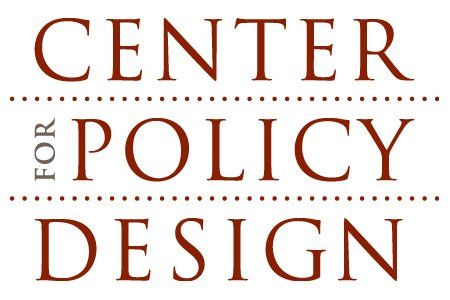Large System Architecture (LSA) – Redesign
- For brevity we label the kind of large systems we work on as macrosystems, defined as follows:
A macro system is defined as the set of all those organizations and individuals that strongly interact to accomplish a specified public purpose.
A macrosystem, like all systems, has two types of components:
- system elements , the set of all organizations and individuals in the system.
- system structure, the set of all relevant interactions between the elements that lead to the performance of the system against the desired societal goals for that system.
As one example: the health care system is comprised of patients, providers, insurers, group purchasers such as employers and public programs like Medicare, medical suppliers, medical training and research institutions, etc. All these elements strongly interact in a great variety of ways for the societally desired purpose of improving the health of the population under care with appropriate health services. Some of these interactions are formally specified and explicit, as in public law and private contract, others are tacit and unspoken but understood and followed by the interacting parties; all of them together comprise the system structure of the health care system. The public education system, the criminal justice system, national defense, financial system indeed most macrosystems, can be similarly parsed with these concepts and terms.
The structure of a macrosystem produces two types of effects on the organizations and individuals with it:
- It sets the range of allowed behavior of the organizations and individuals within it.
- It generates incentives, often quite powerful, on these organizations and individuals, which determine within the allowed range, the kind of behavior they must engage in to survive and prosper. Acting counter to strong system incentives will usually imperil or kill an organization.
Note that all organizations have their own internal elements and structure. Thus we must distinguish two levels: the organization level and the macrosystem level. At the organization level are the structure and incentives internal to the various organizations within the macrosystem; organizations control their own internal structure and incentives. At the macrosystem level are the structure and incentives external to the organizations and individuals: these operate on the organizations and individuals from the outside. An organization cannot alter the macrosystem’s structure and incentives by itself; these can only be altered by various forms of collective action, such as collaboration among many organizations, or public policy, etc.
These definitions are for applied political economy, and have both diagnostic and design applications for policy. They are distinct from Forrester’s System Dynamics used in systems engineering, but they are complimentary.
Large System Architecture (LSA) — Restructuring
If a macrosystem is performing poorly, that is, if the organizations and individuals within it are not doing well on the specified public purpose for that macrosystem, then the system must be restructured to improve its performance. That is, the nature of at least some of the interactions among the organizations and individuals must be altered to allow or encourage or compel improved performance by the organizations (existing or new) and individuals.
Two types of system restructuring may be distinguished (although in fact they lie on a continuum from one to the other, and both kinds may be attempted simultaneously). We label and define them as follows:
- system improvement
is defined as restructuring that alters the range of allowed behavior but does not greatly alter the incentives generated by the system structure.
- system redesign
is defined as restructuring that strongly alters the system incentives.
System improvement strategies can range from continual tweaking of every interaction or restriction that promises any incremental improved performance (“omnibus tinkering”) to substantial restructuring that allows or eases new forms of behavior or organizations previously difficult or impossible; mild improvements in system incentives may result or be included in such improvements. The term system redesign is reserved for restructuring strategies that substantially alter the system’s incentives on the organizations and individuals within it.
The Center specializes particularly in the latter type of strategy, system redesign. We focus on macrosystems with particularly intractable chronic poor performance, and find they usually suffer from strong perverse system incentives that punish the desired performance and reward the observed poor performance. Attempting to alter the performance of organizations and individuals from the observed poor performance to the desired good performance will almost invariably fail if the system incentives punish organizations which seek to improve their performance. The strategy of system redesign is to restructure the system in a way that replaces the perverse incentives with correct new incentives strongly rewarding desired performance and punishing poor performance. Then organizations will improve their performance in their own interest far better than public policy could prescribe or coerce. Organizations willing and able to improve will survive and prosper under the new incentives; those unwilling or unable to improve will eventually be crippled and killed by the new incentives.
The Center’s work consists of a) identifying the perverse incentives that entrench chronic poor performance in problem macrosystems, b) designing an altered structure for the system that replaces the perverse incentives with correct incentives, and then c) informing, and assisting those who request it, all those with the power to make these structural changes to take effective action to move the system from the old structure to the new design. To carry out this work the Center draws on tools and insights from across academic and professional disciplines.
The posted paper - Architecting Large Social Systems - further elaborates on these concepts and definitions and shows their application in practice to real-world restructuring strategies for redesigning problem macrosystems.


